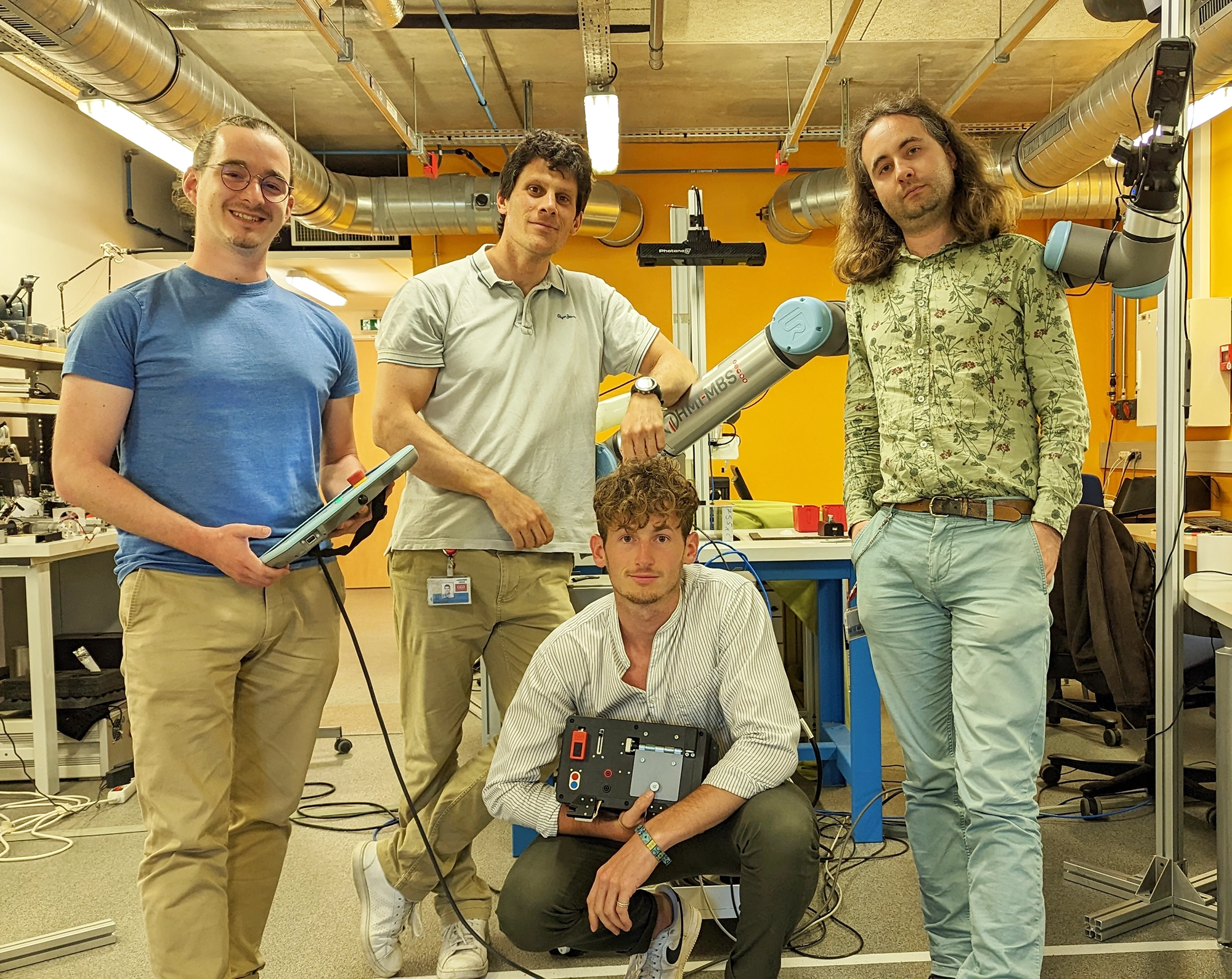
When it is not managed properly, electronic waste is an environmental disaster, especially in terms of pollution. But e-waste also contains critical metals like platinum, gold, and silver, which, if recycled, could help stretch dwindling global supplies further.
The theme of the 2023 edition of Robothon® – The Grand Challenge was fine robotic manipulation in a variety of situations. Contenders had to complete a list of tasks that included winding flexible cables, taking measurements with a multimeter, sorting batteries (spent or not), and opening a hatch. Team “Oscar” from CEA-List completed all the tasks in just 67 seconds. This time has since been reduced to 45 seconds, the benchmark chosen by the organizers to compare human and robot performance.
The secret to team Oscar’s success was a savvy combination of two critical fine manipulation technologies: visual perception, which is key to locating the objects and other elements in the scene and reading a display on the fly; and the programming of complex robotic movements, or “skills,” so that the robot can do things like grasp and insert objects and follow predefined trajectories.
We demonstrated that we could perform complex, fine manipulation tasks perfectly. For certain tasks, we even made the robot faster than a human,” said Caroline Vienne, Deputy Head, Interactive Robotics, CEA-List. “Aside from what we developed for the competition; we are also working on a robot programming interface anyone—even people with no knowledge of robotics—can use. This is called skills-based or intuitive programming. Ultimately, users will be able to simply explain what they need the robot to do in natural language.
When it comes to industrial robotics, people tend to think about performance improvements above all else. But this kind of advance, which will let operators without specific robotics know-how to reconfigure robotic systems and program new tasks naturally, will also help make jobs in the factories of the future more attractive.
This is one of the pillars of CEA-List’s smart robotics research [Smart Robotics]. CEA-List projects like the one on self-learning robots are helping make robotic solutions more agile and flexible—qualities essential to tasks like disassembling end-of-life products for recycling. These new robots will also leverage artificial intelligence, orchestration, and digital twin technologies to constantly adapt to changing environments.
Learn more :
Competing teams had four weeks to teach their robots to complete a set of six tasks and repeat the set five times, moving the container with the objects to manipulate along during the demonstration. The final round took place in person in front of an international panel of judges.
The robot had to perform the following six tasks:
The robotic gripper’s jaws were designed specifically for the cord-winding task; the team’s clever strategy was to slide the gripper along the cable to, finally, grasp the probe. It turned out to be both fast and robust.
Another one of the tasks, using a multimeter to measure voltage in an application of the team’s choice (“Bring Your Own Device”), showed that the strategy could just as effectively be used for other tasks. This is where electronic waste disassembly and recycling come in. Team Oscar’s scenario was to grasp, measure, and sort batteries. They used visual perception to locate the objects and read the display, and robotics for the manipulation.